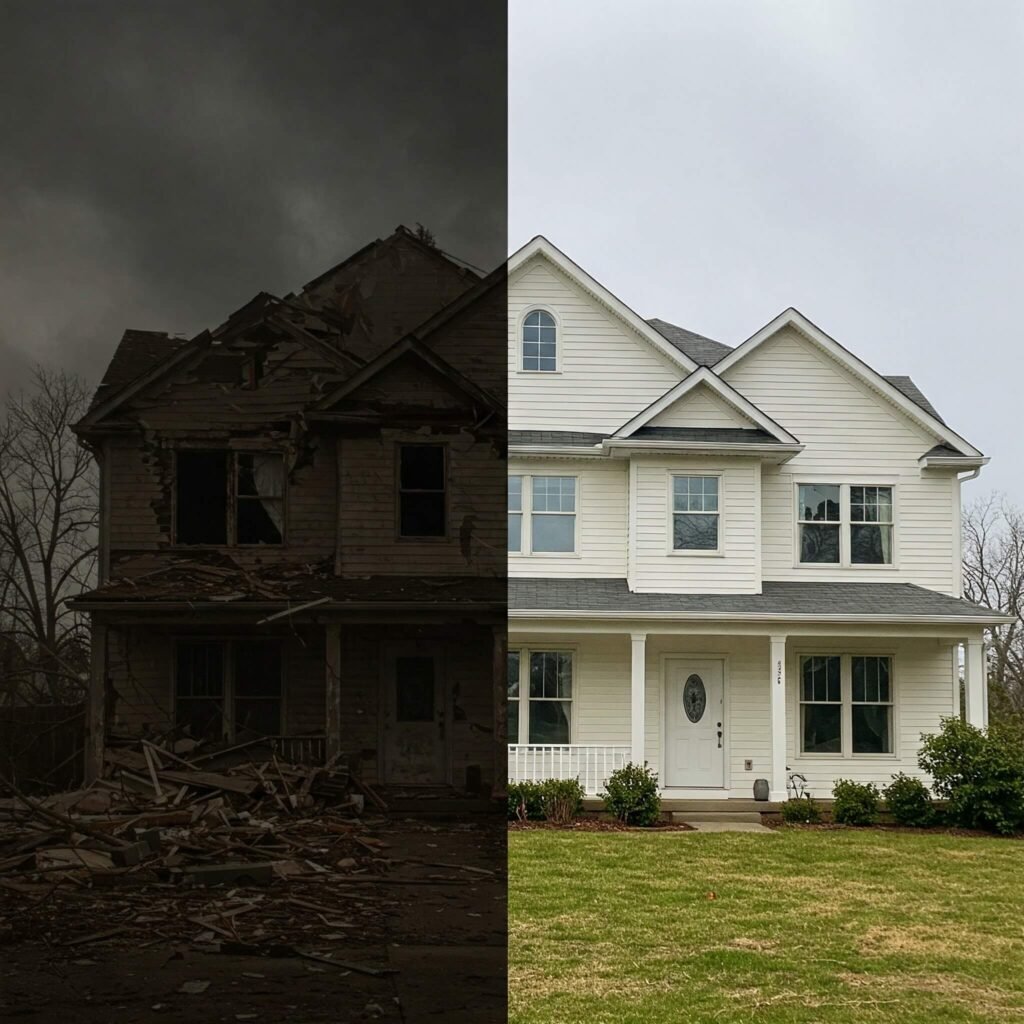When it comes to home insurance in 2025, choosing the right coverage plan is more important than ever. Your home is likely your biggest investment, and protecting it from unexpected events like natural disasters, theft, or accidents is a top priority. With rising costs and evolving risks, understanding what to look for in homeowners insurance can save you time, money, and stress. In this guide, we’ll break down the key factors to consider when selecting 2025 coverage plans, offering actionable insights and expert tips to ensure your home stays protected.

Why Home Insurance Matters in 2025
Home insurance isn’t just a safety net—it’s a necessity. In 2025, climate change, inflation, and new technologies are reshaping the insurance landscape. According to the Insurance Information Institute, homeowners insurance claims have risen by 7% annually due to extreme weather events. A robust home insurance 2025 policy ensures you’re covered for these risks and more.
Rising Risks and Costs
From wildfires to hurricanes, environmental threats are increasing. Add to that the rising cost of building materials (up 12% since 2022, per Statista), and repairing or rebuilding a home is pricier than ever. A comprehensive insurance policy can shield you from financial strain.
Evolving Coverage Needs
Smart homes with IoT devices or eco-friendly upgrades like solar panels require specialized coverage. Home insurance 2025 plans are adapting to include these modern needs, so it’s crucial to pick a policy that reflects your home’s unique features.

Key Features to Look for in Home Insurance 2025 Plans
Not all homeowners insurance policies are created equal. Here’s what to prioritize when comparing 2025 coverage plans:
1. Comprehensive Dwelling Coverage
Your policy should cover the cost to repair or rebuild your home, including its structure and attached fixtures. Look for plans that adjust for inflation and local construction costs. For example, Jane in California discovered her basic policy didn’t cover wildfire damage, leaving her with a $50,000 bill. Always confirm your policy includes region-specific risks.
2. Personal Property Protection
This covers your belongings, from furniture to electronics. Opt for coverage options that offer replacement cost value (RCV) rather than actual cash value (ACV), as RCV accounts for current market prices. Check if high-value items like jewelry need a separate rider.
outbound links: National Association of Insurance Commissioners (NAIC) – Understanding Your Homeowners or Renter’s Policy
3. Liability Coverage
If someone is injured on your property, liability coverage protects you from legal costs. A good home insurance 2025 plan offers at least $300,000 in liability coverage, as medical bills and lawsuits can add up quickly.
outbound links: This link from the Insurance Information Institute
4. Additional Living Expenses (ALE)
If your home becomes uninhabitable due to a covered event, ALE covers temporary housing and living costs. Ensure your policy includes sufficient ALE, especially if you live in a high-cost area.
5. Climate-Specific Add-Ons
With extreme weather on the rise, consider add-ons like flood or earthquake insurance. The National Flood Insurance Program notes that just one inch of floodwater can cause $25,000 in damage. Don’t assume your standard policy covers these risks.
outbound links: National Association of Insurance Commissioners (NAIC) Consumer Website

How to Compare Home Insurance Providers in 2025
Finding the right insurance provider is as important as choosing the policy. Here’s how to evaluate options:
- Financial Stability: Check ratings from agencies like AM Best to ensure the provider can pay claims.
- Customer Service: Read reviews on platforms like Consumer Reports for insights on claims handling and support.
- Discounts: Many providers offer savings for bundling policies, installing security systems, or going claim-free. Ask about these when getting insurance quotes.
- Technology: Some insurers use AI-driven tools to assess risks or streamline claims, which can save time.
For instance, Mark in Texas switched to a provider offering a 15% discount for his smart home security system, saving $200 annually on his homeowners insurance.
Actionable Tips for Choosing Home Insurance 2025 Plans
To make the most of your home insurance 2025 policy, follow these steps:
- Assess Your Needs: Inventory your home’s contents and estimate rebuilding costs using tools like HomeAdvisor.
- Shop Around: Get quotes from at least three insurance providers to compare coverage and rates.
- Read the Fine Print: Look for exclusions, deductibles, and coverage limits.
- Consider Bundling: Combining home and auto insurance can save up to 25%, per Forbes.
- Review Annually: Update your policy to reflect renovations, new belongings, or changing risks.
Common Mistakes to Avoid with Home Insurance 2025
Even savvy homeowners can make missteps. Here are pitfalls to dodge:
- Underinsuring: Skimping on coverage to save money can leave you vulnerable.
- Ignoring Add-Ons: Skipping flood or earthquake coverage in high-risk areas is risky.
- Not Updating Policies: Failing to report home upgrades can lead to denied claims.
- Choosing Based on Price Alone: A cheap policy may lack essential coverage.
Conclusion: Secure Your Home with the Right 2025 Coverage Plan
Selecting the best home insurance 2025 plan requires research, but the peace of mind is worth it. By focusing on comprehensive coverage, reliable providers, and tailored add-ons, you can protect your home and finances from unexpected challenges. Start by assessing your needs, comparing insurance quotes, and avoiding common pitfalls. With the right homeowners insurance, you’ll rest easy knowing your home is safeguarded in 2025 and beyond.




